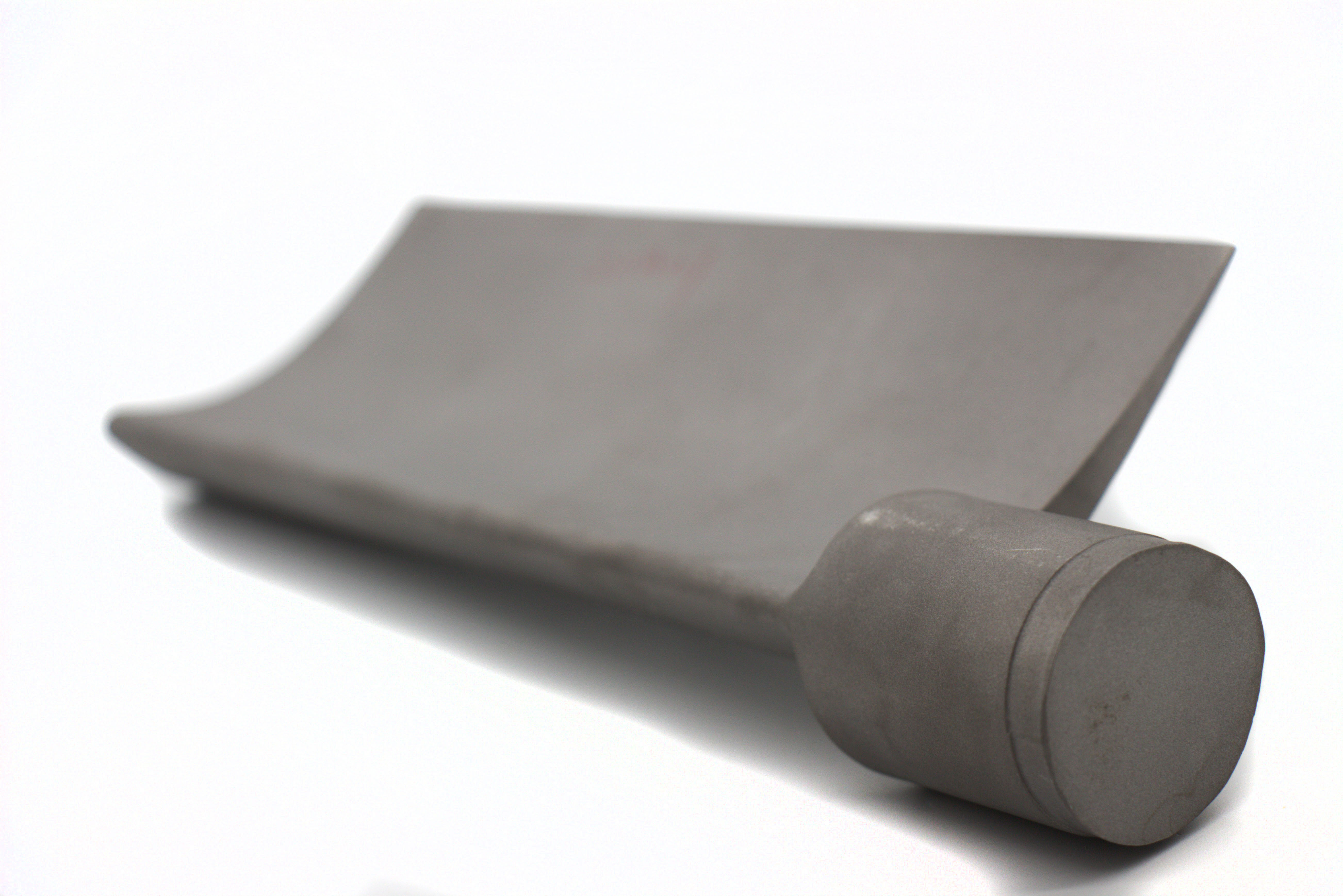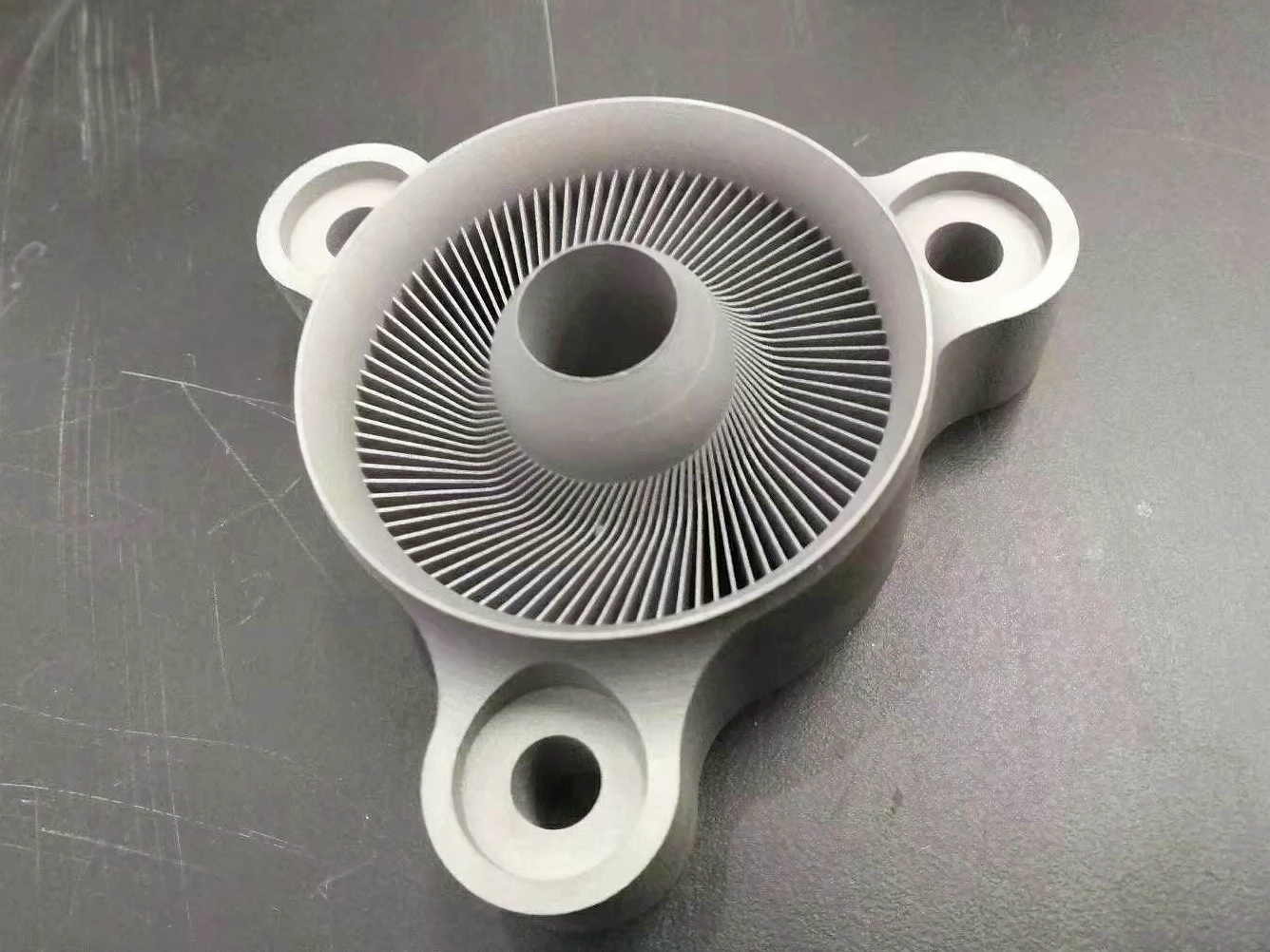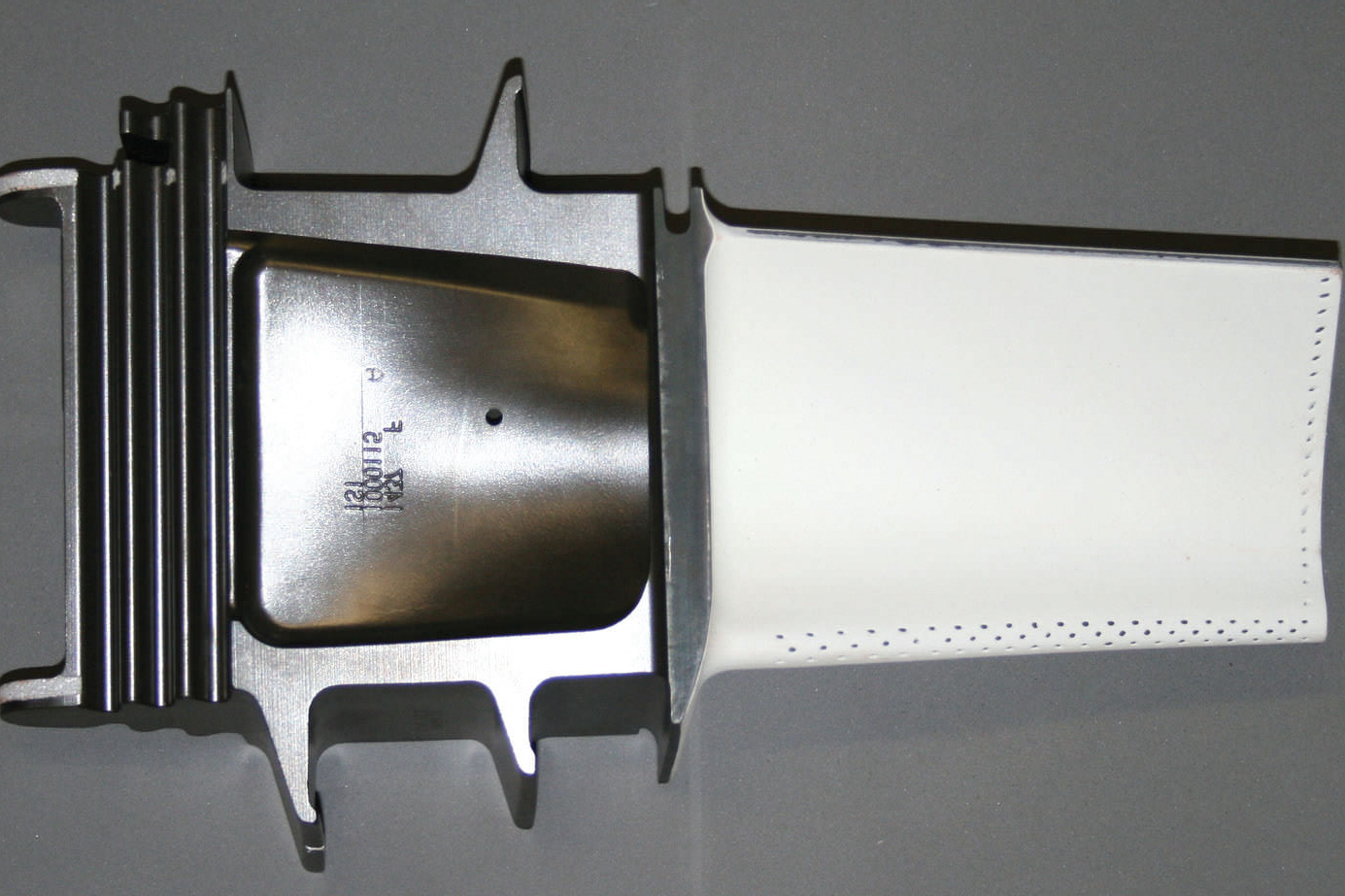Better Structural Integrity: Ensure Stronger Parts with HIP Process
 As industries continue relying on advanced manufacturing methods like 3D printing and casting, ensuring that the parts produced are strong and durable is paramount. One of the most effective post-processing techniques used to enhance the structural integrity of parts is Hot Isostatic Pressing (HIP). HIP improves the mechanical properties of 3D printed and cast components by reducing internal voids, increasing material density, and enhancing overall strength. This blog will explore how the HIP process ensures better structural integrity and results in stronger, more reliable parts for high-performance applications.
As industries continue relying on advanced manufacturing methods like 3D printing and casting, ensuring that the parts produced are strong and durable is paramount. One of the most effective post-processing techniques used to enhance the structural integrity of parts is Hot Isostatic Pressing (HIP). HIP improves the mechanical properties of 3D printed and cast components by reducing internal voids, increasing material density, and enhancing overall strength. This blog will explore how the HIP process ensures better structural integrity and results in stronger, more reliable parts for high-performance applications.
What is Hot Isostatic Pressing (HIP)?
Hot Isostatic Pressing (HIP) is a process where parts are subjected to high temperatures (usually between 900°C and 1300°C) and high-pressure conditions (ranging from 100 to 200 MPa) in an inert gas atmosphere, typically argon. The combination of heat and pressure helps to remove internal voids (porosity) and improves the material’s bonding, ultimately enhancing its density and structural integrity.
HIP is commonly used for materials like titanium, Inconel, and stainless steel, which are often used in demanding industries such as aerospace, medical devices, and automotive. The process significantly boosts these materials' strength, fatigue resistance, and overall performance.
How HIP Ensures Better Structural Integrity
1. Eliminating Porosity
One of the major challenges in both 3D printing and casting is the creation of porosity—tiny voids or gas pockets trapped within the material. These voids can weaken the part, reducing mechanical properties and the potential for failure under stress. HIP effectively eliminates these internal voids by applying uniform high pressure to the part, which compacts the material and removes any porosity, resulting in a denser, stronger component.
For metal 3D printing technologies such as Direct Metal Laser Sintering (DMLS), where porosity is often an issue, HIP is an essential step to improve the material’s structural integrity. HIP helps increase the part’s overall strength, fatigue resistance, and durability by ensuring no voids in the material.
2. Increasing Material Density
Another benefit of HIP is that it significantly increases the density of the part. During 3D printing or casting, parts are often not as dense as needed to withstand high-performance applications. HIP presses the material under heat and pressure, increasing its density by compacting the particles and ensuring more uniform bonding throughout the part. This increase in density improves the material's mechanical properties, resulting in stronger and more resilient parts.
This process is particularly beneficial for high-performance materials like titanium alloys, stainless steel, and other superalloys often used in critical applications such as aerospace, where high strength and reliability are paramount.
3. Improving Fatigue Resistance
Fatigue resistance is crucial for parts exposed to repeated loading and unloading, which can cause cracks and eventually lead to failure. The HIP process enhances fatigue resistance by removing internal defects that could serve as stress concentrators. This ensures the part can withstand repetitive stress cycles without compromising its structural integrity.
For example, parts like turbine blades, medical implants, and other high-performance components benefit greatly from the fatigue resistance enhancement provided by HIP. By ensuring the part has a dense, uniform structure with minimal internal defects, HIP helps these parts endure the stresses they will encounter in their intended applications.
4. Enhancing Overall Mechanical Properties
HIP improves the overall mechanical properties of parts by refining the material's microstructure. The combination of heat and pressure encourages atomic movement, resulting in a more uniform grain structure. This enhanced microstructure improves the part’s strength, toughness, and resistance to cracking, making it more durable and reliable.
For instance, parts like Inconel 625 or titanium alloy components, which are commonly used in extreme conditions, benefit from the microstructural refinement that HIP provides. This enhanced mechanical strength ensures that the part can perform without failure under extreme pressures, high temperatures, and corrosive environments.
5. Improving Surface Quality
HIP also improves the surface quality of parts, especially those with surface imperfections or rough textures due to the 3D printing process. Applying uniform pressure during the HIP process makes the surface smoother, and the overall material can achieve a more consistent structure. This process not only improves the appearance of the part but also enhances its functional performance, particularly in applications where smooth, high-quality surfaces are required.
HIP Process Effect | Benefits for Structural Integrity | Common Applications |
|---|---|---|
Porosity Elimination | Increases material density and strength | Aerospace, medical implants, turbine blades |
Density Increase | Enhances material strength and durability | Aerospace components, engine parts |
Fatigue Resistance | Increases resistance to crack initiation and propagation | Automotive, aerospace, medical devices |
Microstructure Refinement | Improves overall strength, toughness, and crack resistance | High-performance components, turbine blades |
Surface Quality Improvement | Enhances surface smoothness and consistency | Medical implants, precision components, tooling |
Applications of HIP for Enhanced Structural Integrity
Aerospace: Components such as turbine blades, compressor discs, and structural parts require high strength, toughness, and fatigue resistance. HIP enhances these parts by reducing porosity, improving strength, and ensuring long-term durability in extreme conditions.
Medical Devices: Medical implants like orthopedic devices, bone screws, and surgical tools benefit from HIP’s ability to increase strength and biocompatibility. The enhanced mechanical properties ensure the implants perform reliably inside the human body.
Automotive: High-performance parts like engine blocks, gears, and braking components benefit from HIP’s ability to improve fatigue resistance and wear properties, ensuring they last longer and perform better under high stress.
Energy: Components in power generation, such as turbine blades and valves, require high performance under high temperatures and pressures. HIP improves these parts' fatigue resistance, wear resistance, and overall durability, ensuring efficient and reliable operation.
Conclusion
Hot Isostatic Pressing (HIP) is a powerful post-processing technique that significantly enhances the structural integrity of 3D printed and cast parts. HIP ensures that parts are stronger, more durable, and more reliable by eliminating porosity, increasing material density, improving fatigue resistance, and refining microstructure. HIP guarantees that parts can withstand extreme conditions and deliver consistent performance over time, whether for aerospace, automotive, medical, or energy applications. The combination of 3D printing and HIP is a game-changer for producing high-performance, long-lasting components in critical industries.
FAQs
How does HIP enhance structural integrity in metal or ceramic components?
What types of defects or weaknesses does HIP eliminate to improve part strength?
Are there specific industries or applications where HIP-processed structural integrity is critical?
Can HIP replace other post-processing methods for achieving structural reliability?
Does HIP introduce residual stresses during the strengthening process?


